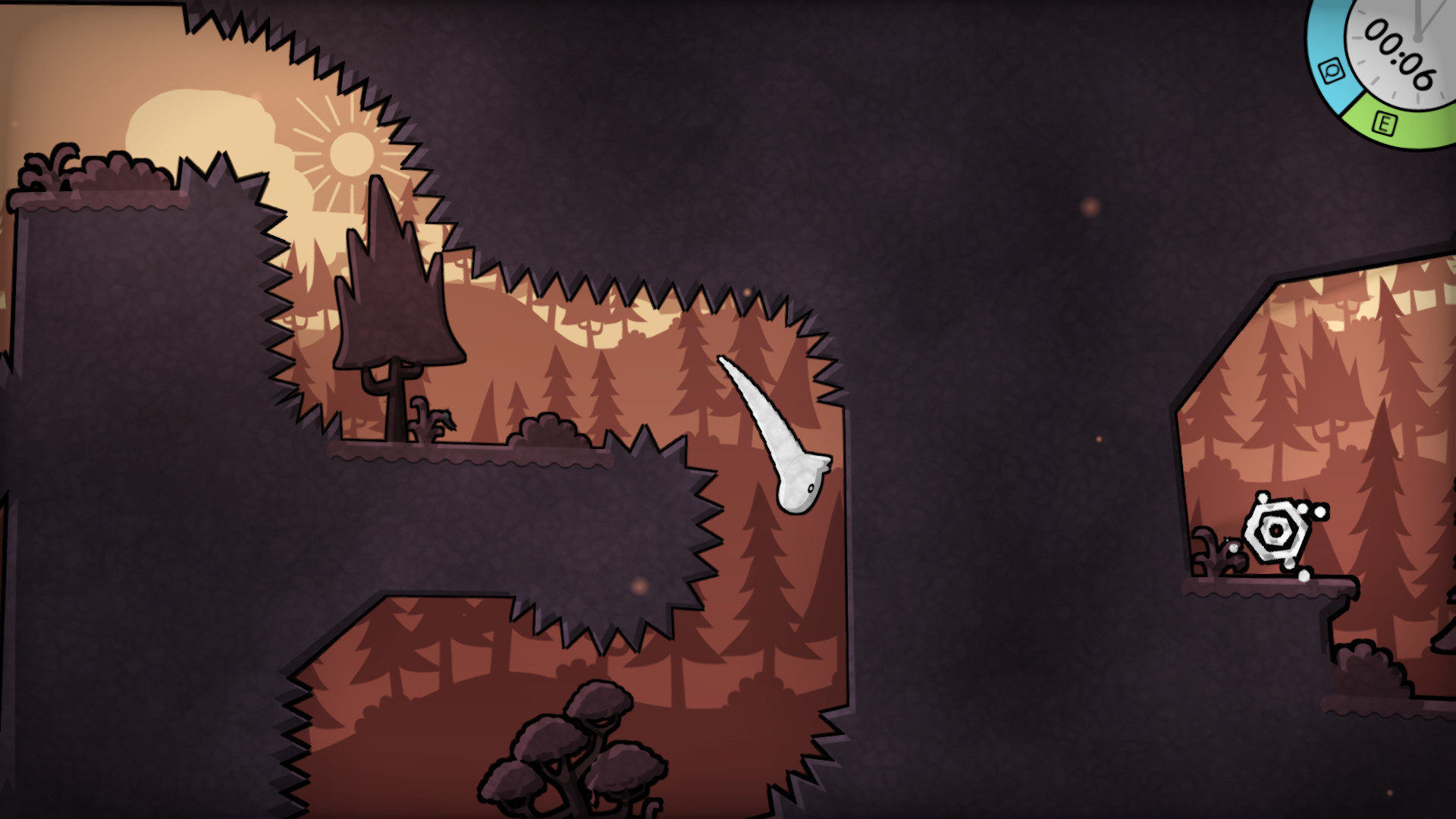


This particularly emotionally stirring haiku was written a month after the passing of Issa’s daughter. From this humble background emerged beautiful poetry that expressed empathy for the less fortunate, capturing daily hardships faced by common people. The third master of Japanese haiku, Kobayashi Issa, grew up in poverty. So what? Appropriately, this poem suggests that nothing means anything at all - in a pepper’s exile from a salad bowl, in the rules of a poem, or even (dare we say) life. Eagle-eyed readers will notice that the syllable count doesn’t fall into the 5-7-5 pattern, and the lines are off-balance, too. “Haiku Ambulance” by Richard Brautiganįor an example of a haiku that doesn’t adhere to traditional conventions, look no further than Richard Brautigan’s cheeky “Haiku Ambulance”. In this haiku, his image of a single lit candle against the twilight artfully depicts how one candle can light another without being diminished - until you have a star-filled sky. “The light of a candle” by Yosa BusonĪnother of haiku’s Great Masters, Yosa Buson is known for bringing in a certain sensuality to his poems (perhaps owing to his training as a painter). One interpretation is that by metaphorically using the ‘pond’ to symbolize the mind, Bashō brings to light the impact of external stimuli (embodied by the frog, a traditional subject of Japanese poetry) on the human mind. “The Old Pond”, arguably his most famous piece, stays true to his style of couching observations of human nature within natural imagery. One of the four great masters of Japanese haiku, Matsuo Bashō is known for his simplistic yet thought-provoking haikus. Here are 40 Haiku poems that ought to leave you in wonder. They often take inspiration from nature and capture brief moments in time via effective imagery. Haiku is a form of traditional Japanese poetry, renowned for its simple yet hard-hitting style. Robert Hass: Robert Hass, born in 1941, is known both for his poetry and his translations, which include the 1994 The Essential Haiku: Versions of Basho, Buson, and Issa.40 Haiku Poems Examples Everyone Should Know About Sonia Sanchez: Born in 1934 in Alabama, Sonia Sanchez, who received the 2018 Wallace Stevens Award, published more than a dozen books of poetry, including Morning Haiku in 2010. Merwin, born in 1927, published a translation of the Collected Haiku of Yosa Buson in 2013.

Merwin: A celebrated poet known also for his work in translation, W. Sanki Saitō: Born in Tsuyama, Japan, in 1900, Saitō began writing haiku while practicing dentistry and went on to serve as the chief editor of Haiku in Tokyo. Sadakichi Hartmann: Sadakichi Hartmann, who was born in Nagasaki, Japan, in 1867, published numerous books of poetry and fiction, including Tanka and Haiku: 14 Japanese Rhythms in 1915. Yosa Buson: A Japanese poet of the Edo period and born in 1716, Yosa Buson was known, along with Matsuo Basho and Kobayashi Issa, as one of the three classical masters of haiku. The following poets, as well as many others, are known for their work in the haiku form. Also read the essay “ The Haiga: Haiku, Calligraphy, and Painting” to learn more about the history of haiku and how it has impacted visual art. Other examples of haiku include “ The light of a candle” by Yosa Buson “ Haiku Ambulance” by Richard Brautigan and “ 5 & 7 & 5” by Anselm Hollo. The apparition of these faces in the crowd The image is the word beyond formulated language.” The influence of haiku on Pound is most evident in his poem “ In a Station of the Metro,” which began as a thirty-line poem, but was eventually pared down to two: This philosophy influenced the American poet Ezra Pound, who noted the power of haiku’s brevity and juxtaposed images. However, the philosophy of haiku has been preserved: the focus on a brief moment in time a use of provocative, colorful images an ability to be read in one breath and a sense of sudden enlightenment. The much shorter haiku broke away from renga in the sixteenth century and was mastered a century later by Matsuo Basho, who wrote this classic haiku:Īs the form has evolved, many of its regular traits-including its famous syllabic pattern-have been routinely broken. Haiku began in thirteenth-century Japan as the opening phrase of renga, an oral poem, generally a hundred stanzas long, which was also composed syllabically. Often focusing on images from nature, haiku emphasizes simplicity, intensity, and directness of expression. A traditional Japanese haiku is a three-line poem with seventeen syllables, written in a 5/7/5 syllable count.


 0 kommentar(er)
0 kommentar(er)
